News For All: How the Immigrant Experience Shaped American Media
From Benjamin Franklin to Noticiero Univision, the Newseum discusses the profound influence of immigrants on modern news
With a resounding Fourth of July flourish, the Newseum is presenting an evocative new exhibition that tells “the dramatic story of how immigrants and minorities used the power of the press to fight for their rights and shape the American experience.”
“One Nation With News for All” is the first collaboration between the Newseum and the Smithsonian, and grew out of a 2012 conversation between Newseum CEO Jim Duff and Smithsonian Secretary Wayne Clough. The Smithsonian’s “Our American Journey” project became an important connecting link for the Newseum’s exploration of ethnic media.
The central theme of “News for All” focuses on how America’s ethnic media not only kept their particular constituencies informed, but also propelled each group’s struggle for justice. As the Newseum’s Jim Duff explained at the press preview, ethnic media historically were “drivers of social change, fighting for equal rights and leading crusades against slavery, poverty and injustice.”
The exhibit’s entrance hallway showcases selections from 36 ethnic newspapers; current front pages of ten different papers are displayed weekly. “We made a conscious decision to make sure the media we selected were as unique and diverse as the people whose stories we chose to tell,” Sharon Shahid, the Newseum’s online managing editor and a curator of this exhibition told New America Media, which partners with ethnic media outlets to tell immigration and migration stories. “We focused on the ‘firsts,’ pioneers, groundbreakers, innovators and innovations—stories and people who had a lasting impact on journalism in general and the country as a whole, and who continue to have impact.”
For America’s immigrant nation, ethnic media retained cultural vestiges of “the old country” while mapping pathways for inclusion in the New World. Shahid explained that by linking the old and new worlds, ethnic media helped them become American.
To tell this encompassing story, the exhibition draws on 100 ethnic media outlets and features 60 artifacts that contribute a strong narrative dimension. The earliest artifact is a composing stick and lead type used by Benjamin Franklin to publish his newspapers. But the important historical point made by this object is that when Franklin founded the colonies’ first foreign-language newspaper, the German Philadelphia Zeitung in 1732, it failed because the German community rejected this non-German’s attempt at publishing an ethnic newspaper. There is an 1808 edition of El Misisipi, published in New Orleans for Spanish exiles during the Napoleonic Wars and the earliest-known Spanish-language newspaper in the United States. The exhibition also includes the pocket watch of Frederick Douglass, publisher of the abolitionist newspaper The North Star in Rochester, N.Y.; the diary of muckraking journalist Ida B. Wells; and a platform stool used by Pullman sleeping car porters who distributed banned copies of The Chicago Defender in the South.
A continuing exhibition theme explores how ethnic media laid the foundation for civil rights. It showcases crusading journalists who publicized the struggle for justice, including Ignacio E. Lozano, who in 1926 founded La Opinion to fight mistreatment of Mexicans; and Bill Hosokawa, who published The Heart Mountain Sentinel while he was interned at a Japanese American relocation camp during World War II.
One of the most fascinating surprises in the exhibition is the contract signed by Abraham Lincoln when he became a newspaper publisher in 1859. Anticipating a run for the presidency, he “recognized that the road to the White House went through the German American community in his hometown of Springfield, Ill.” So for $400, he bought the German-language newspaper Illinois Staats-Anzeiger to court German-speaking voters, and hired the paper’s editor to work on his campaign.
In addition to print journalism, the exhibition encompasses radio, television and online publications that historically helped immigrants create new lives in America. In all its forms, ethnic media have documented America’s changing attitudes about immigration, ranging from Jeffersonian notions of assimilation, through early 20th century ideas of a melting pot culture, to today’s sense of identity that combines the search for the new with a willingness to preserve ties to countries of origin.
The exhibition points out the rising influence of America’s leading ethnic broadcasters and newspapers today as their reach expands across the country. One in four Americans gets their news from ethnic media—a number bound to expand as America’s demographics change and the minority population becomes the majority. The emergence of the Fusion TV channel is a prime example of the future. Launched in October 2013 to 20 million homes across the country, this digital cable and satellite network is a joint venture between Univision Communications and the Disney-ABC Television Group. Isaac Lee, president of news for Univision and CEO of Fusion, said that the network “is targeted at the very specific psychographic—we want to reach young millennials that consume media in a completely different way. We are going to do current events, news, pop culture and satire, but…in a way that they can see the transparency, the honesty, the authenticity….” Fusion will not ignore the Hispanic audience, but Lee says this core group does not want “to get content that is specifically targeted at them; they just do not want to be disregarded or appear to be invisible.”
The Newseum’s Sharon Shahid explained that because the Smithsonian’s “Our American Journey” project deals with the vital role news has played in the story of American immigration, “a collaboration between the two institutions made perfect sense.” Elena Shore, an editor at New American Media, affirms that this partnership demonstrates “how far we’ve come in recognizing the importance of ethnic and minority media in the U.S. But more work needs to be done.”
“One Nation With News for All” is a celebration of America’s kaleidoscopic culture. “We hope visitors come away. . .with a clear understanding of the sacrifices made by immigrants and minorities in making the country so great,” Shahid says. “Their struggles, told through their own newspapers and broadcast outlets, laid the foundation for civil rights, equal rights and First Amendment rights. That’s as American a story as you can have.”
/https://tf-cmsv2-smithsonianmag-media.s3.amazonaws.com/accounts/headshot/Amy_Henderson_NPG1401.jpg)

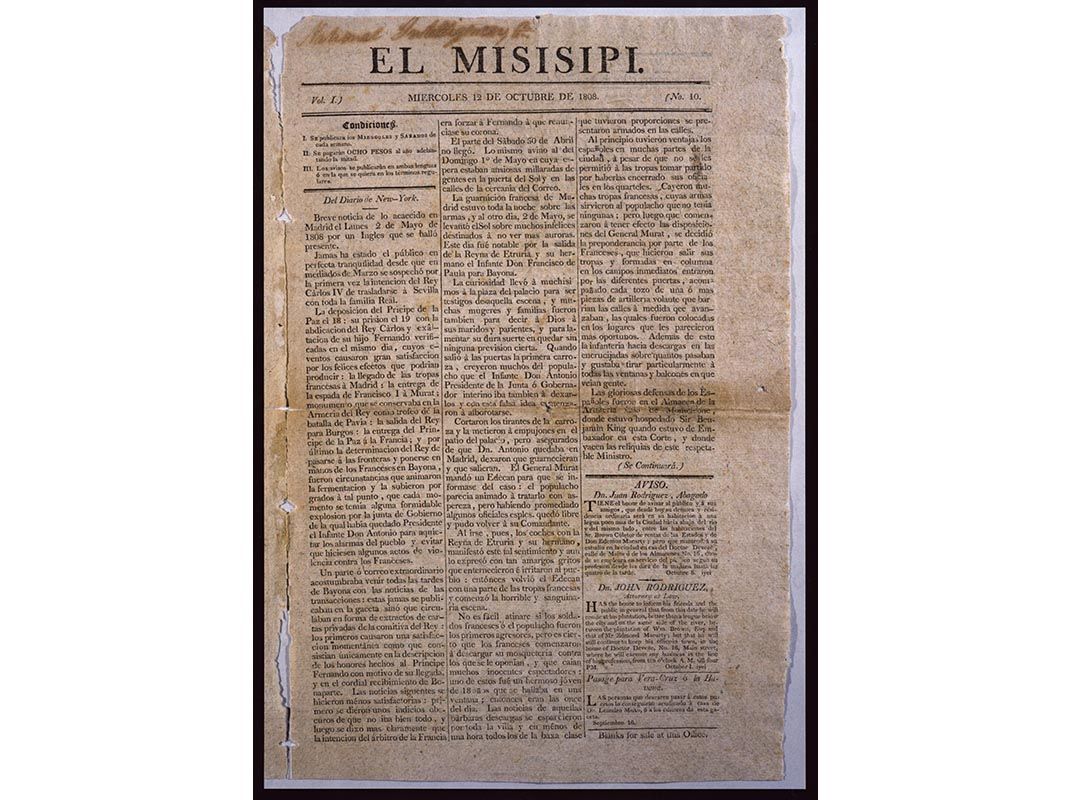
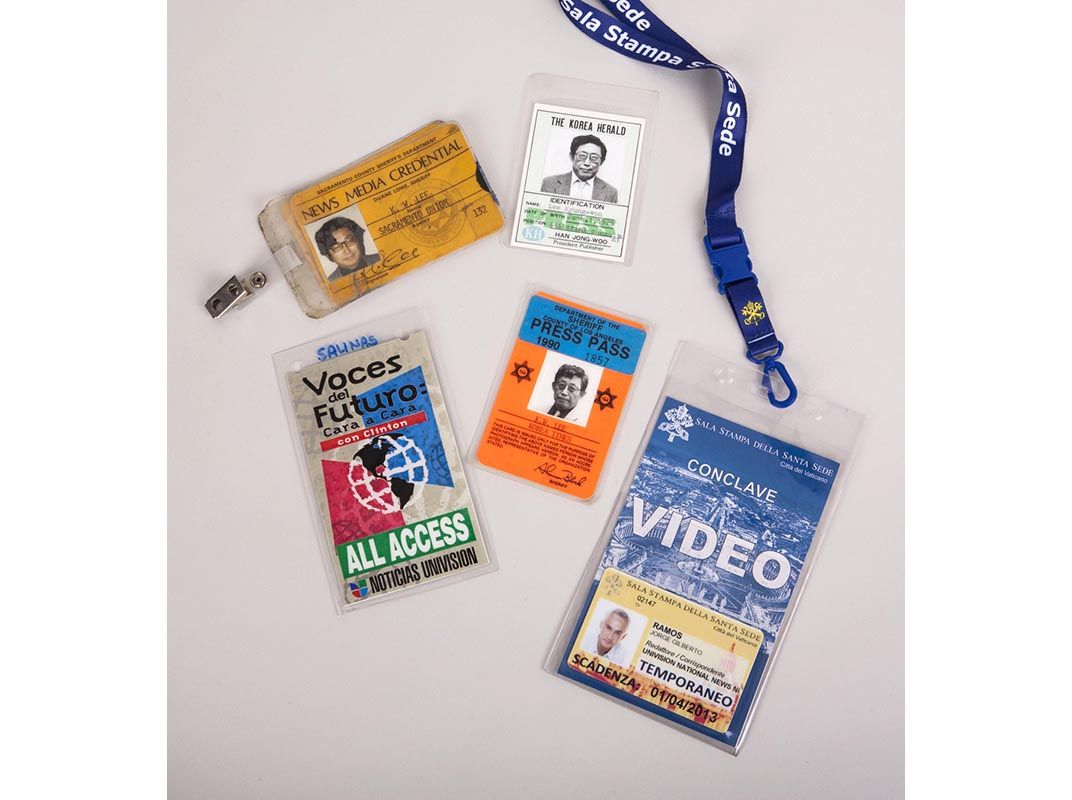
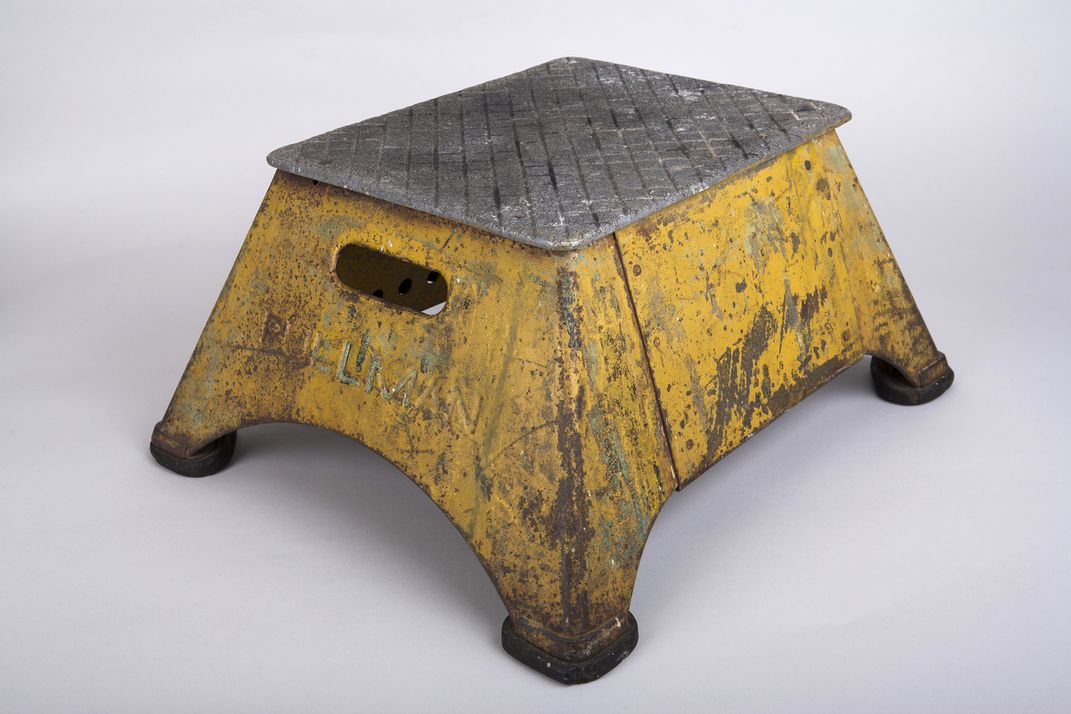
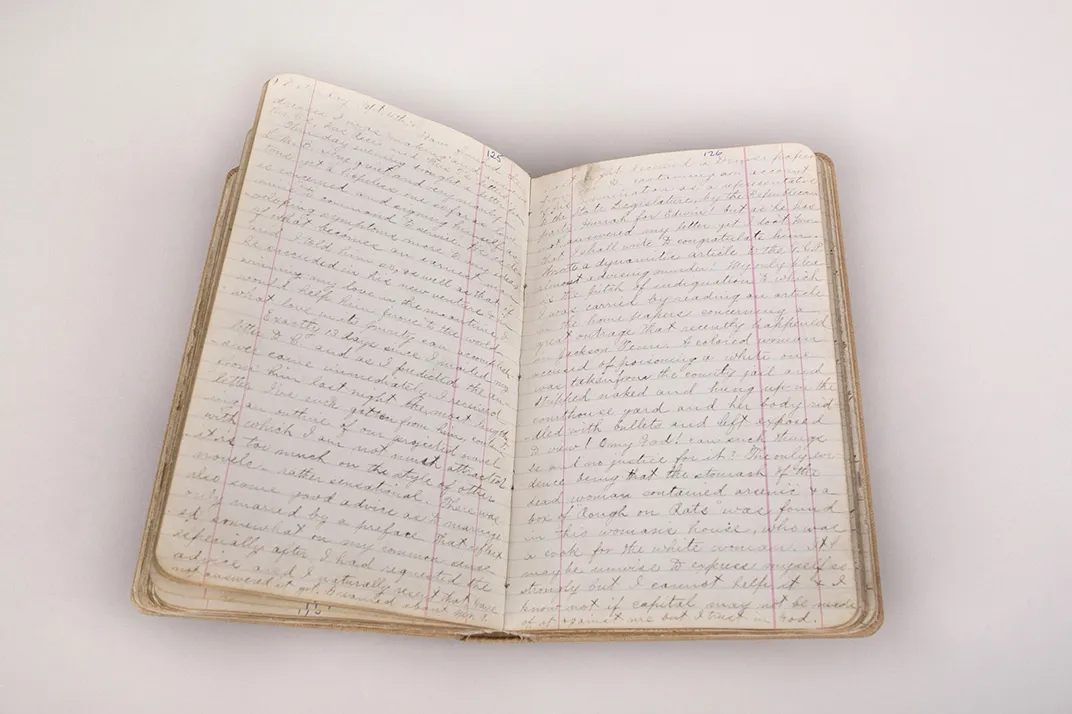
/https://tf-cmsv2-smithsonianmag-media.s3.amazonaws.com/filer/41/09/4109b4cd-bd94-42fe-a711-de5ea516398c/nfa11edit.jpg)
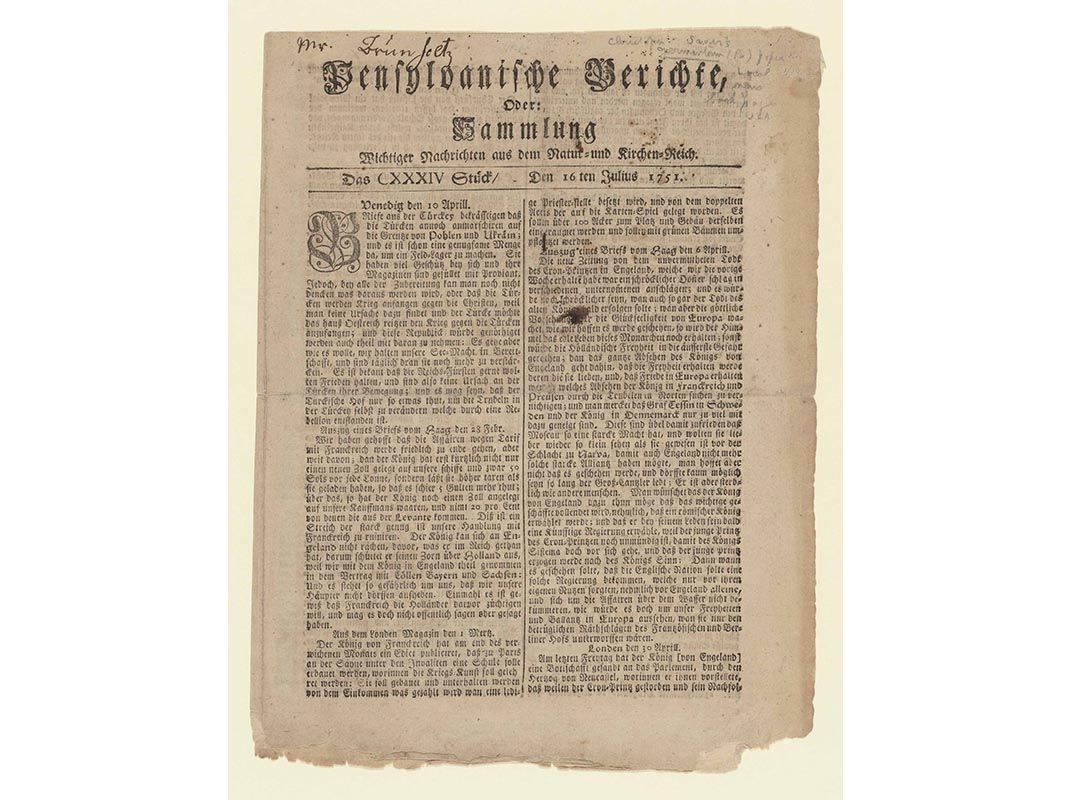
/https://tf-cmsv2-smithsonianmag-media.s3.amazonaws.com/filer/0f/ff/0fff0476-02d6-4588-aa9c-5aa3bf352b96/nfa18edit.jpg)
/https://tf-cmsv2-smithsonianmag-media.s3.amazonaws.com/filer/2a/e8/2ae8c0f5-c4d0-43cf-975d-269e0c6a0a4a/front_pages_for_all.jpg)
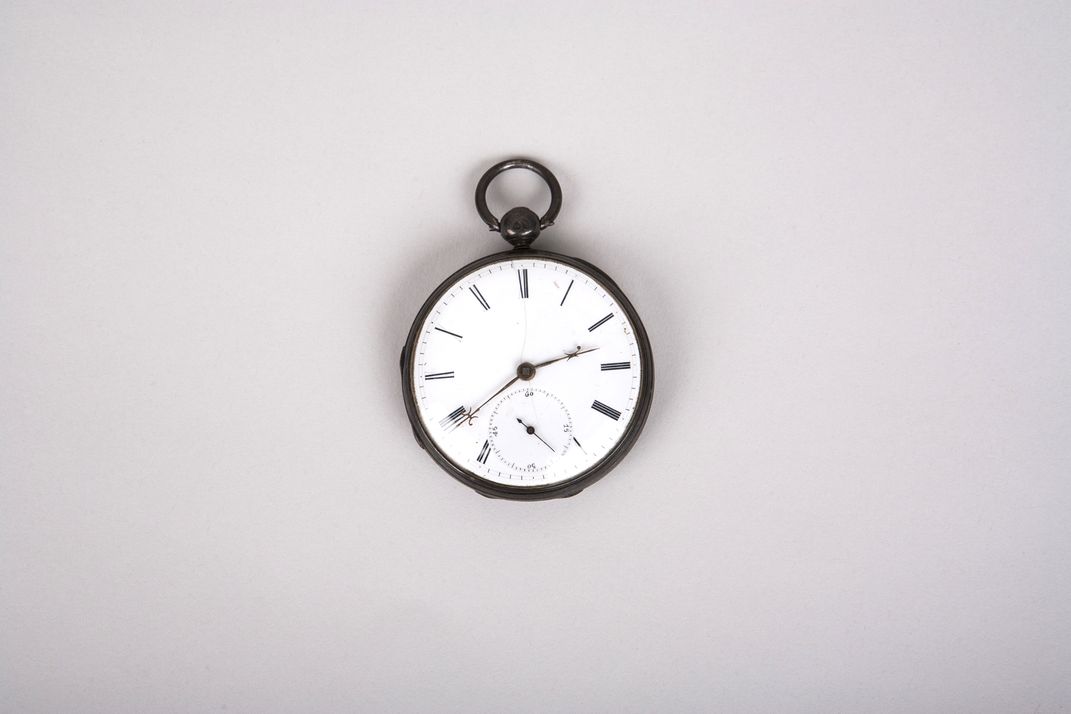
/https://tf-cmsv2-smithsonianmag-media.s3.amazonaws.com/accounts/headshot/Amy_Henderson_NPG1401.jpg)